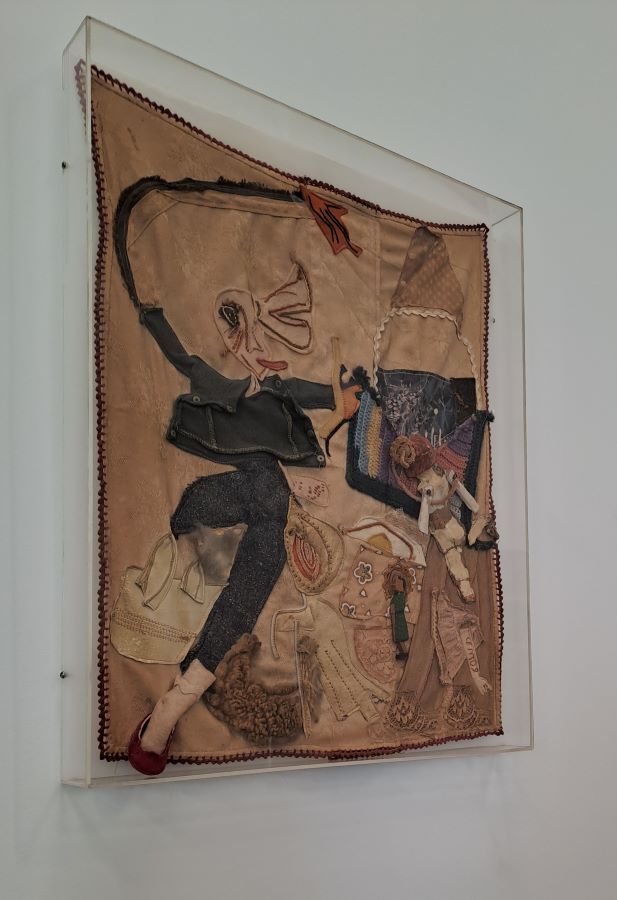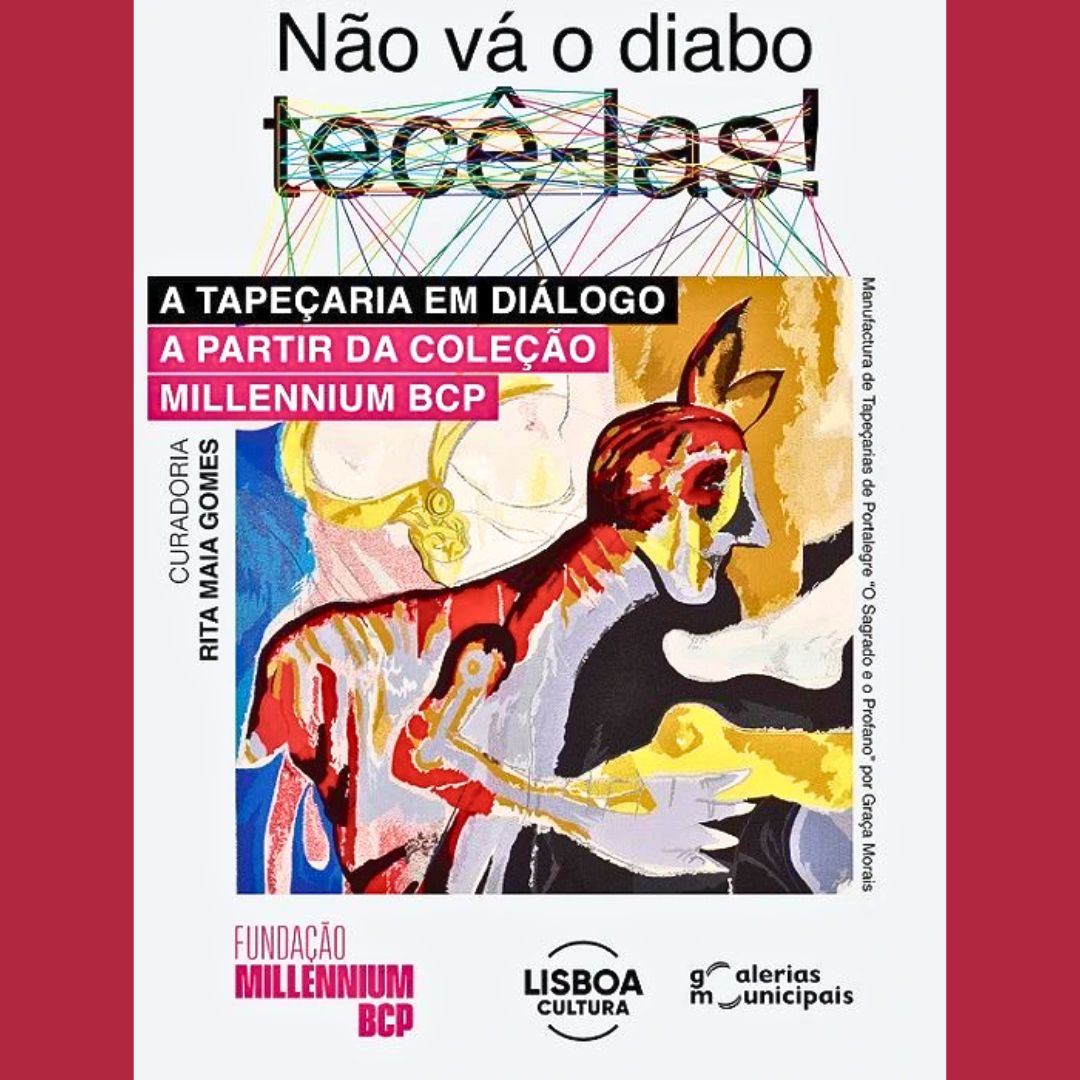On 30 October, the Club had an interesting guided tour of the exhibition “Don’t let the devil weave them! Tapestry in dialogue from the Millennium BCP collection”, at the National Cordage Gallery.
Curated by Rita Maia Gomes, the exhibition, a journey through the universe of Portuguese tapestry, brings together 86 works, 27 artists and more than 50 documents ‘in an unprecedented exhibition approach that aims to highlight leading figures, institutions and events that constitute important milestones in the history of Portuguese tapestry from 1946 to the present day. The works on display reflect the dialogue between the handmade and the conceptual, expressing, through the threads and wefts, the depth of emotions and the complexities of contemporary society’.
On the ground floor, there is a collection of tapestries produced by Portalegre Tapestry Manufactory, from the Millennium BCP Collection, which includes tapestries made from originals by artists such as Artur Cruzeiro Seixas, Graça Morais, Lourdes Castro, Manuel Cargaleiro, Maria Helena Vieira da Silva, José de Almada Negreiros, Júlio Resende and Júlio Pomar, among others.
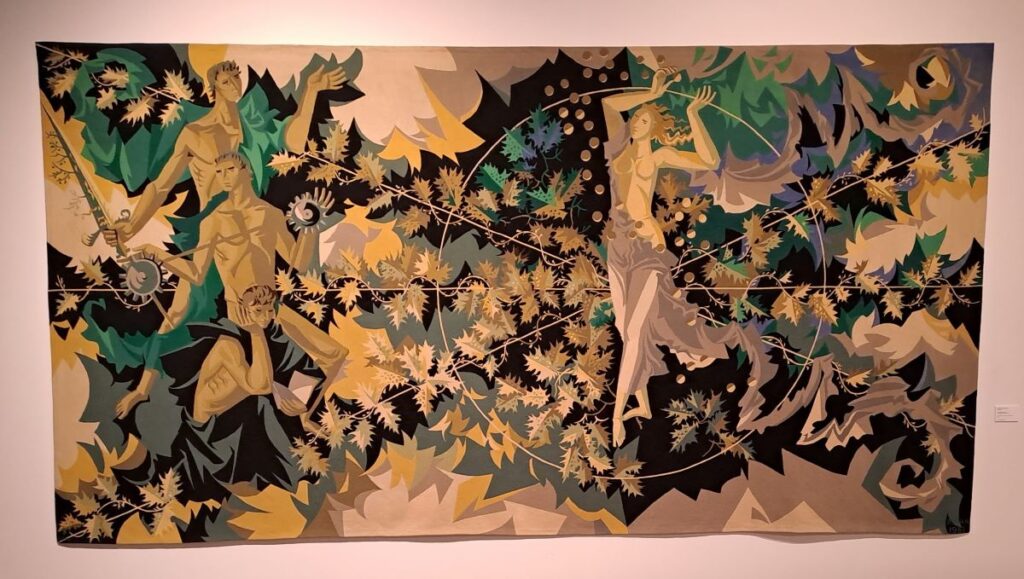
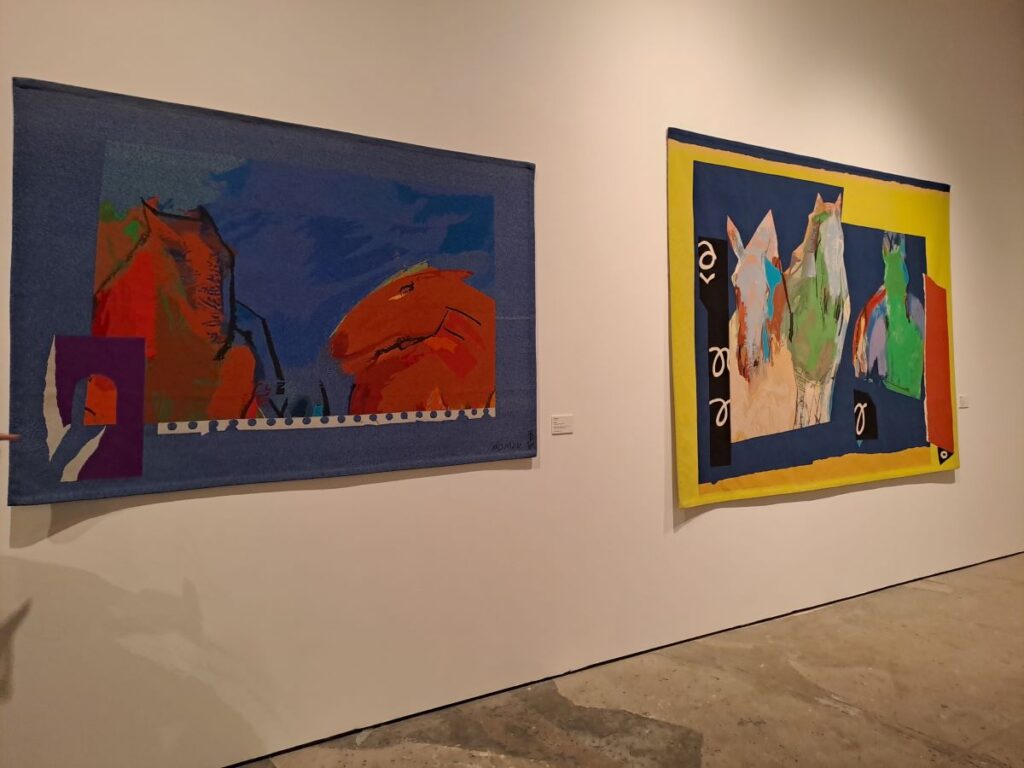
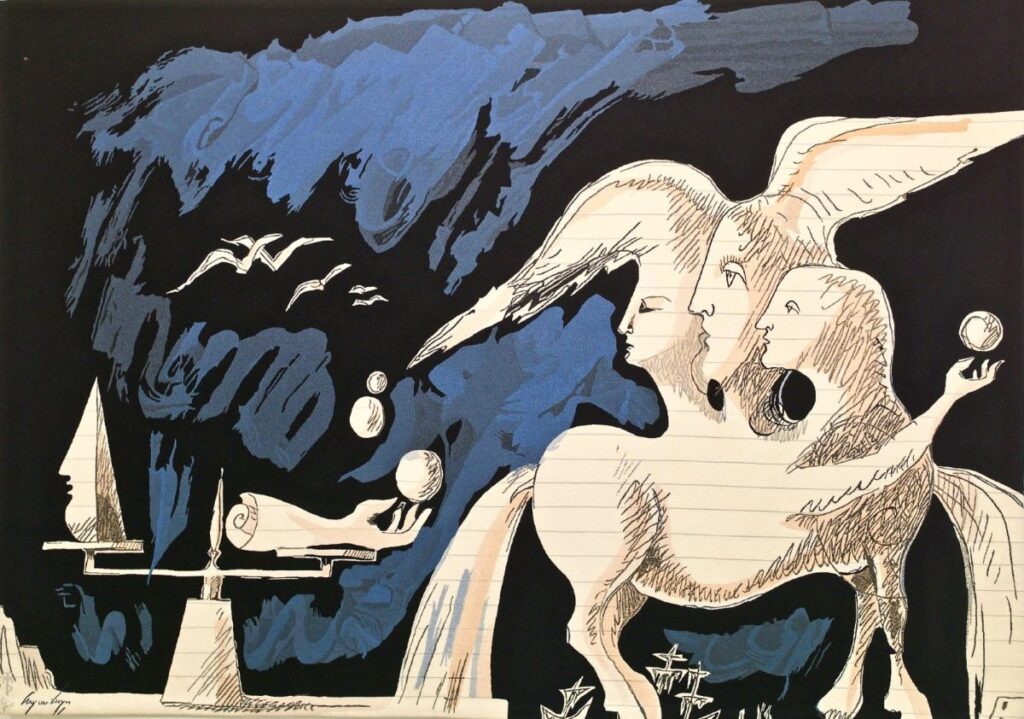
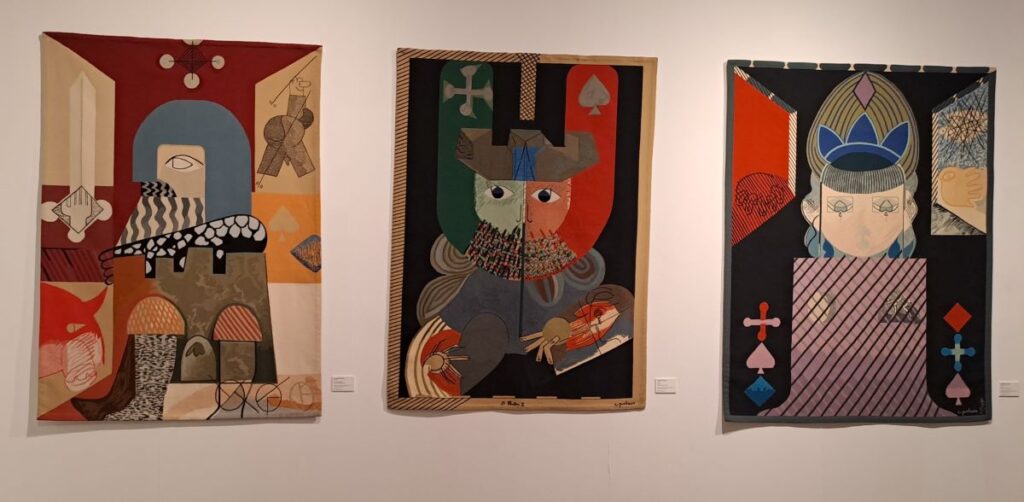
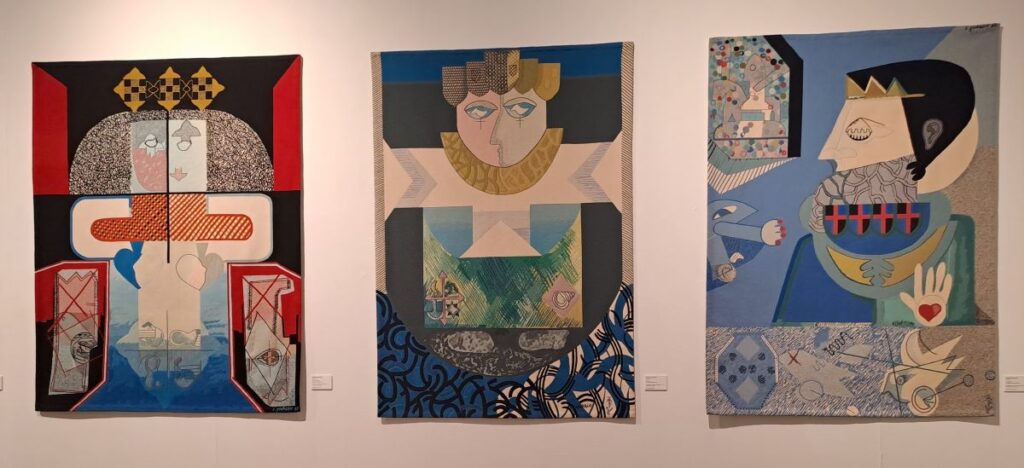
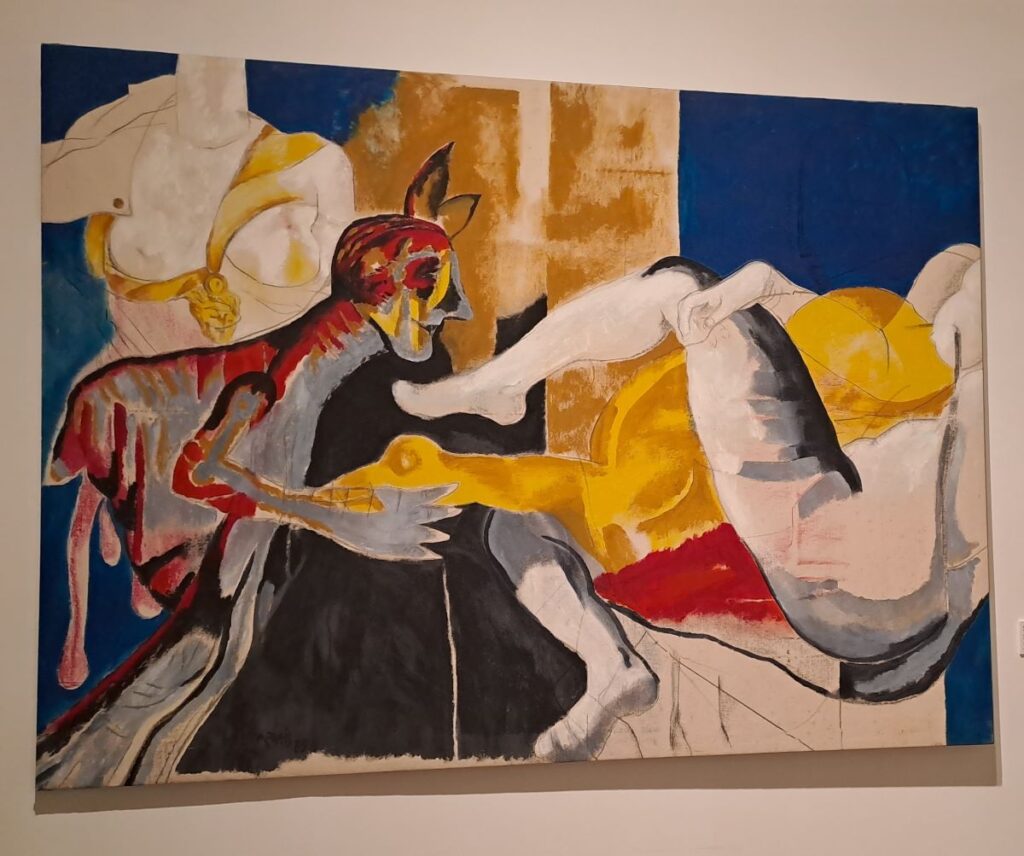
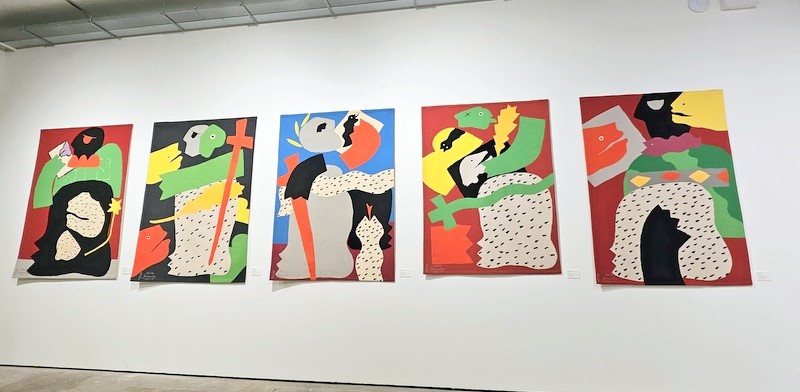
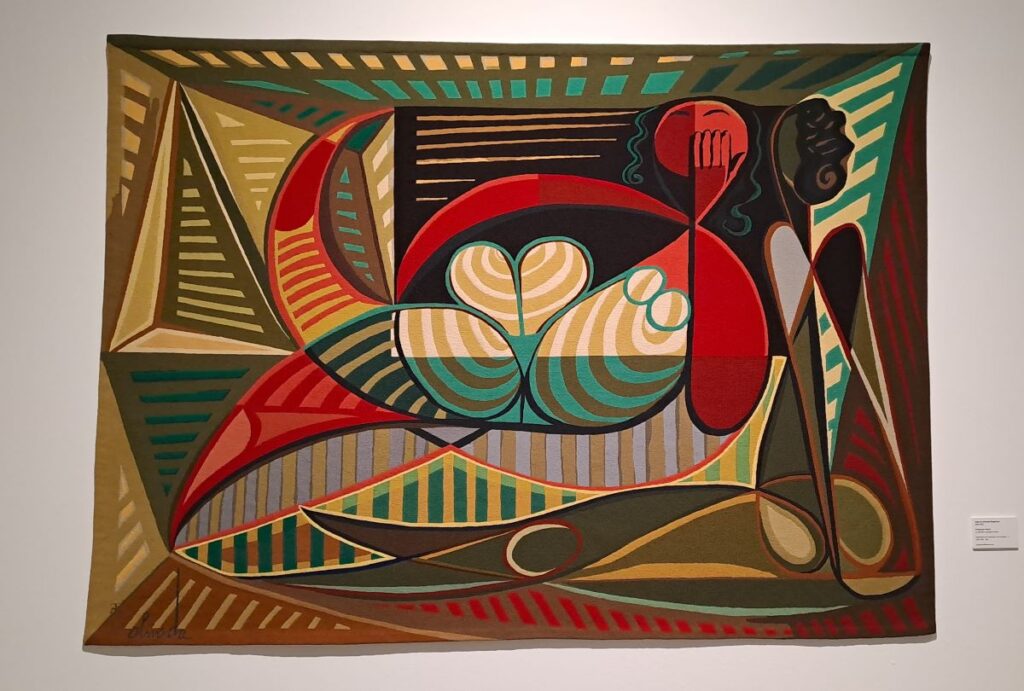
On the first floor, a whole other path through the history of tapestry is presented, alongside the work carried out by the Portalegre Tapestry Manufactory over 78 years – the evolution of tapestry in terms of techniques, materials and possibilities of spatial presence, not limited to the wall and the two-dimensional register, using works from institutions, private collections and artists’ estates.
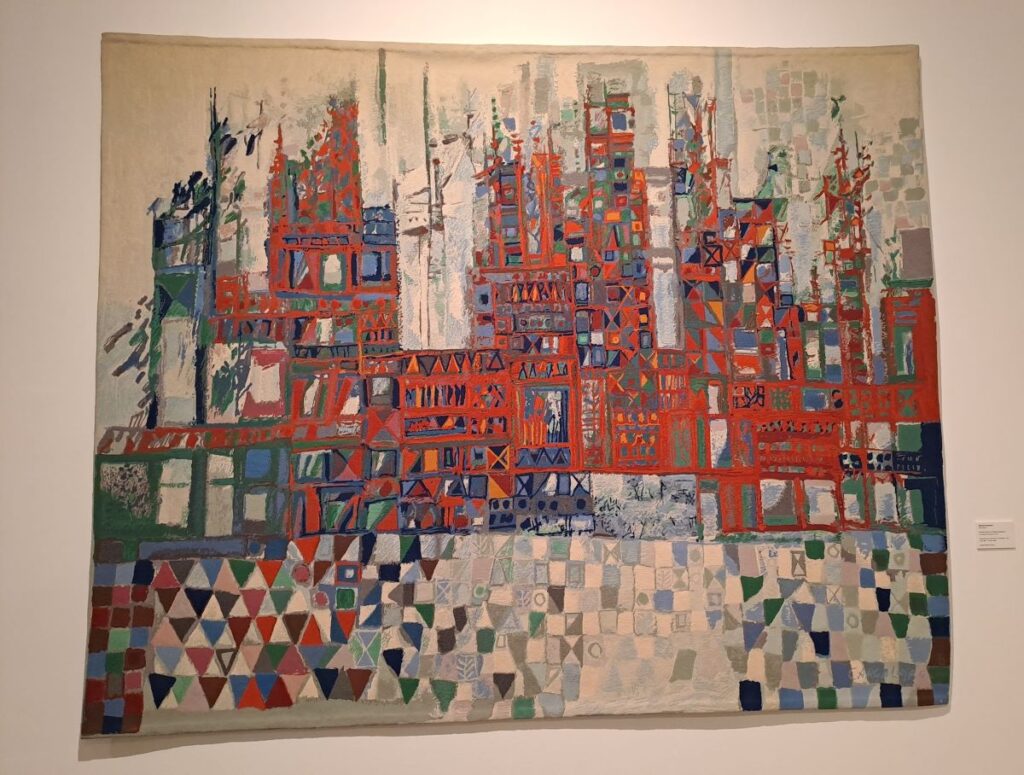
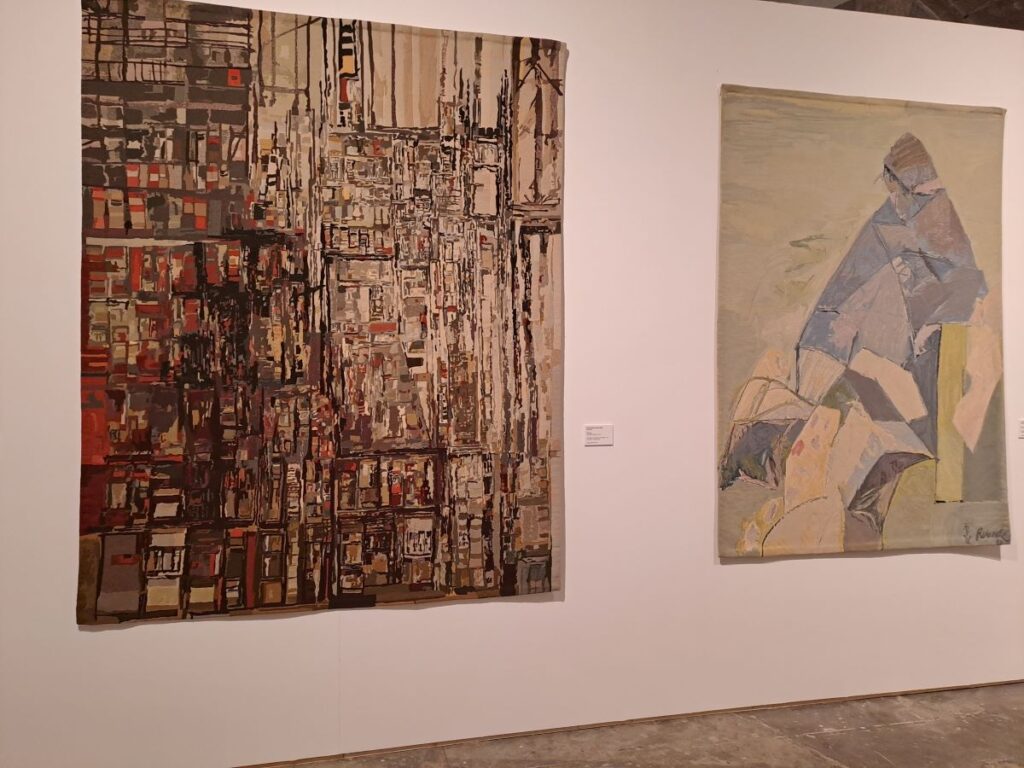
The history of these tapestries is told from the 1940s to the present day, with works by Altina Martins, Alves Dias, Amândio Silva, Charters de Almeida, Eduardo Nery, Flávia Monsaraz, Gisella Santi, Helena Lapas, Isabel Laginhas, João Abel Manta, Júlio Pomar, Margarida Reis, Maria Isabel Barreno, Mário Dionísio, Paula Rego and Teresa Segurado Pavão.
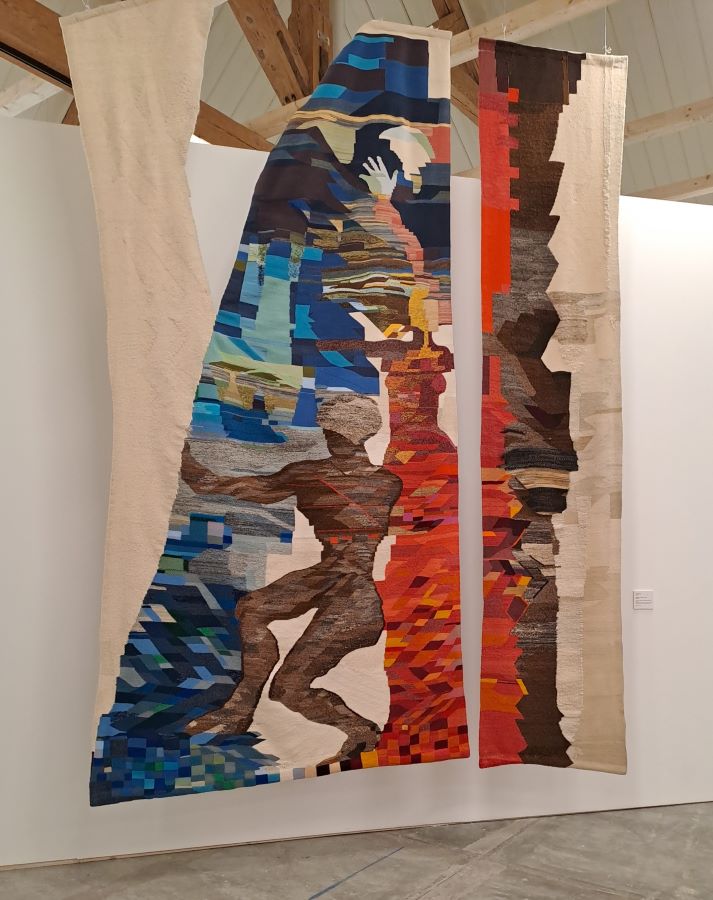
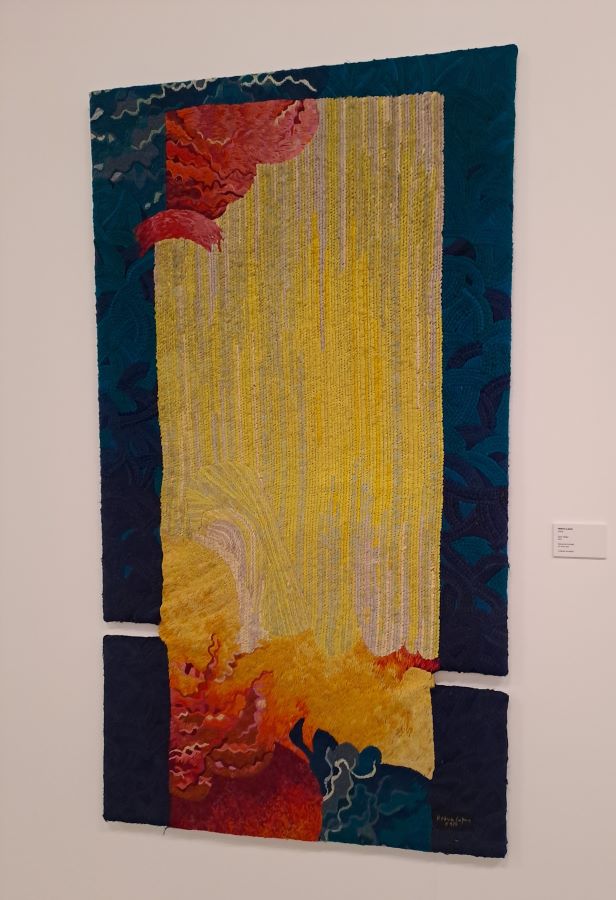
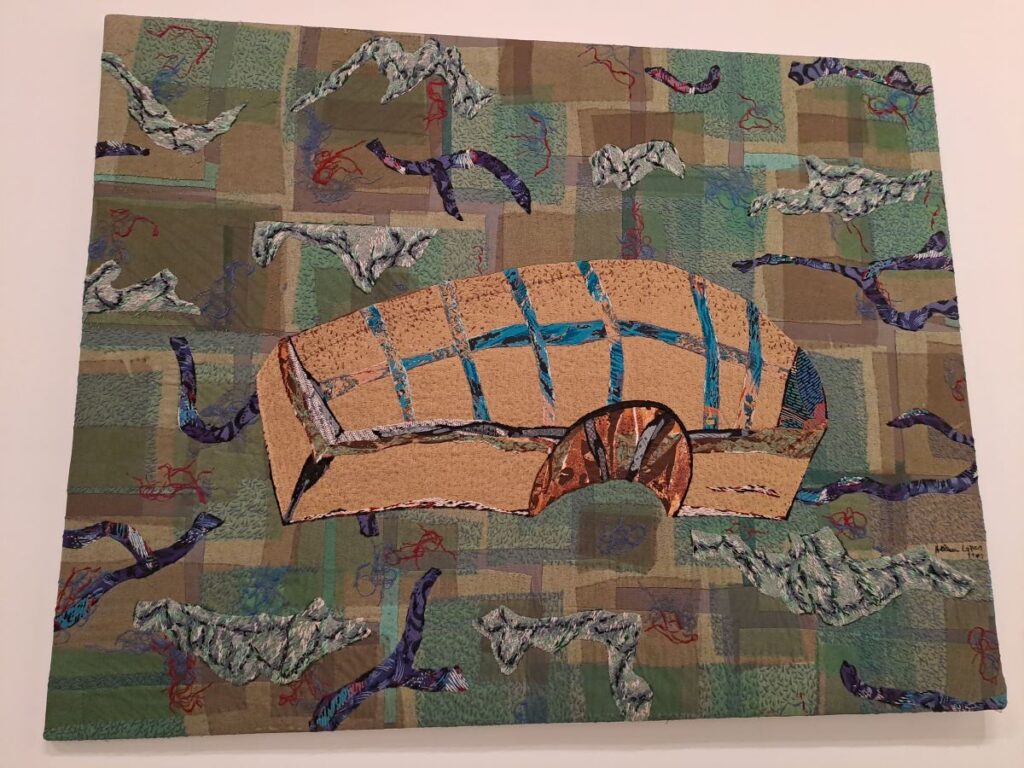
“The exhibition narrative illustrates and documents the research and experiences of artists who have been interested in exploring the plastic potential of tapestry – which is no longer exclusively the transposition of a painting, but is moving towards an author’s tapestry in which the artist is both the one who conceives and executes”.
